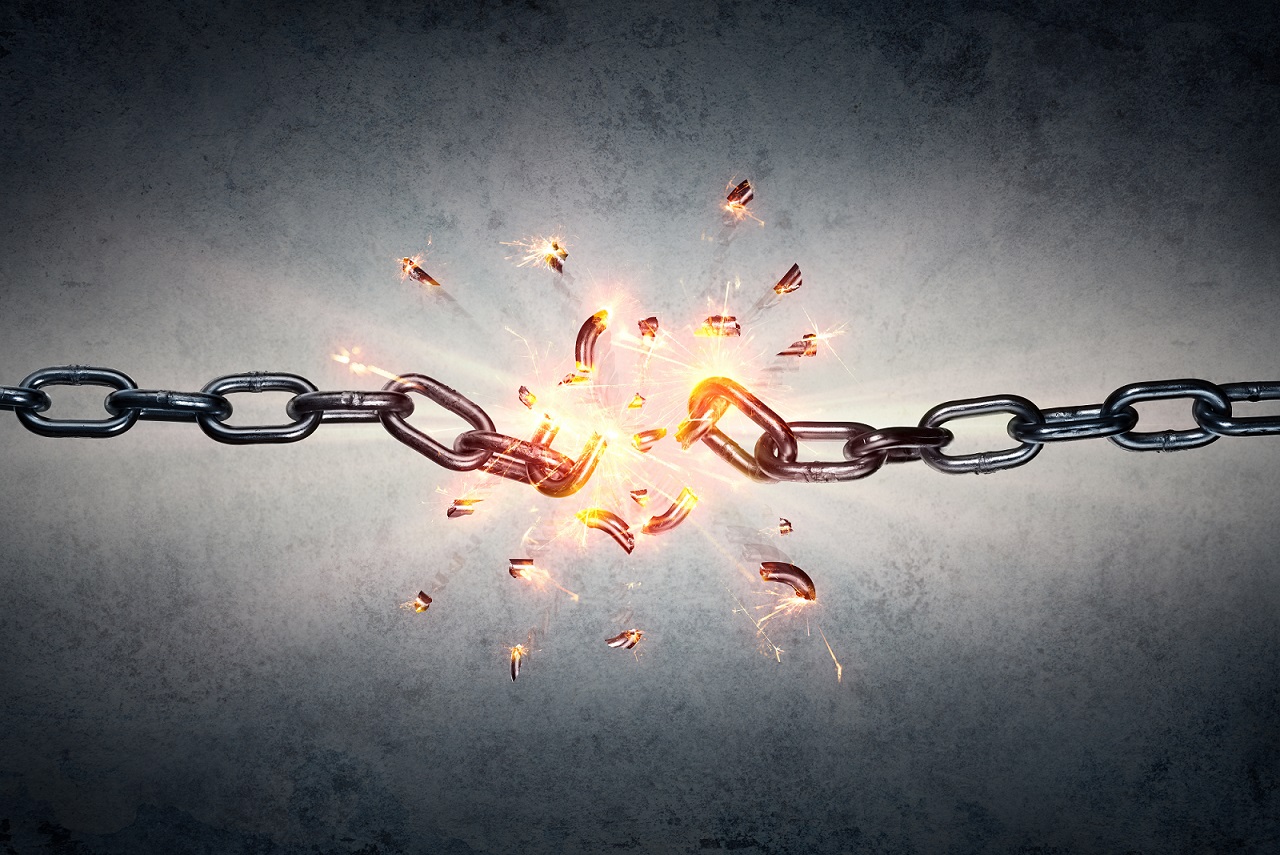When you visit a website to learn more about the business, industry or product, you want to get good service. What service? Well, let’s take a look at what happens when you visit a site.
Perhaps you may search for an industry like lawn service in the local area on Google. What you get in the search results page are a list a local lawncare businesses. You then click on the link to the first one in the index and what is your expectation? That the page will load quickly and properly? Of course, nobody clicks on a website link and expects things not to work. That’s just frustrating.
Let’s say the Home Page loads and you are presented a banner followed by three options that describe the business’ services. If you click on one of those that piques your interest, what then is your expectation? Again, that the page will load and you’ll quickly be presented details about a given service.
What you don’t expect is a 404 error or to be taken to a page that actually doesn’t work or exist. That would be bad customer service.
Websites often have links that take the user to another page on the site itself or outside the site referencing either resources or information that will add context or details to the user’s research.
The problem is sometimes those pages cease to exist. You may post a resource on your business’ website and five years later that resource is no longer live. What do visitors get when they click on that 5-year-old link? An error message. And that is frustrating.
Because it basically amounts to bad customer service, your site loses SEO rank for every broken link it has published. And for that reason, it’s important to continually search for (and correct) broken links on the site (both those pointing outside the site and those pointing to pages on the site itself).
A few simple tools exist online for finding broken links on your website. A simple Google search will return a plethora of resources to help you ferret out those pesky broken links. The important thing is to find them and irradicate them as soon as possible. Fixing broken links can be low-hanging fruit for SEO and you don’t want to miss an opportunity to achieve an easy win, especially when there are a few difficult ones to master in the SEO landscape.
Correcting broken links can be as simple as deleting the reference entirely, correcting the link if the site url has changed, or simply describing the resource and referring the reader to search providers for further research.
Of course, links pointing outside your site are those over which you have no control. So search your site regularly for broken links and don’t let them pile up. If you do, you’ll soon see your website authority plummet, along with the targeted traffic a good ranking can bring.
If you would like to work with Proctor Digital strategists to help develop a powerful SEO strategy to build targeted website traffic for your site and grow your brand, call us at 773.664.5819. We’d love to help!

